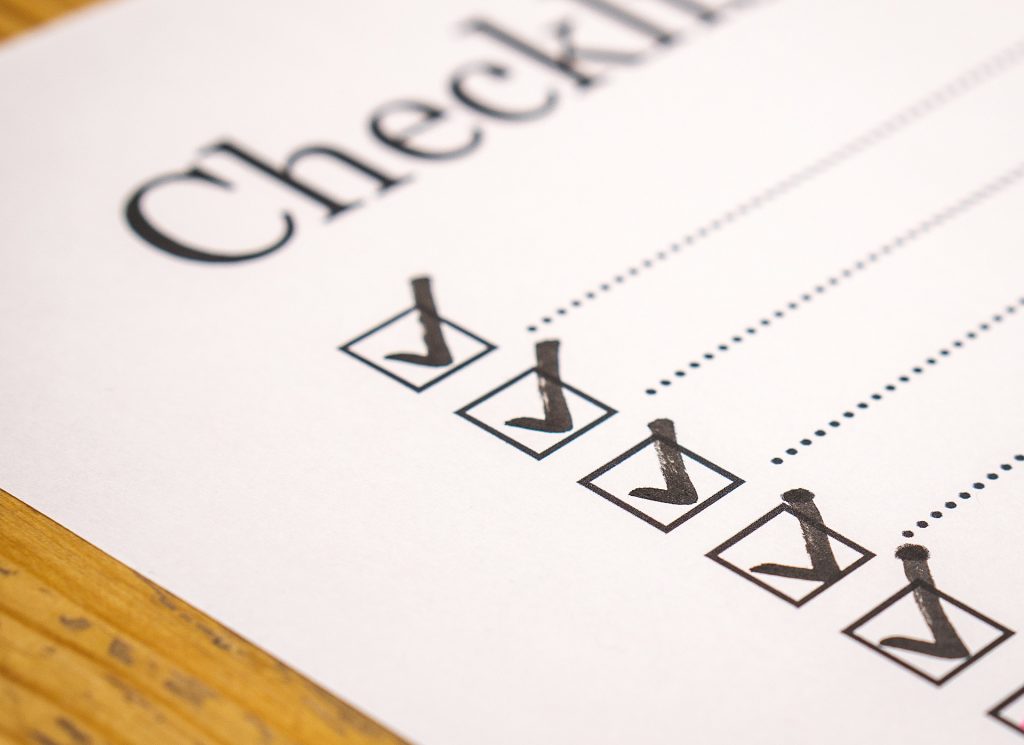We have all been there! The dreaded office meeting … again! Teams pulled out of production to meet to discuss updates, news and what’s in the pipeline. While the meetings themselves are a mechanism to get the team together to collaborate, brainstorm, communicate and knowledge share, we have somehow veered off path when it comes to ensuring that these meetings are productive, and most importantly, of value.
In previous experience as a new hire to a team, I remember being blown away at the frequency, content and structure of these meetings. As a team, our meetings were mandated and were held 2-3 times per week. The purpose? To ensure that as a team we were kept up-to-date on all projects both current and future and to provide a platform for a geographically dispersed team to share their thoughts. This meant that the team of approximately 20 people was out of production for a minimum of 3 hours per week. During these meetings, we had no pre-determined agenda resulting in walking into the unknown. Oftentimes, our meetings resulted in conversations that went nowhere. Spinning our wheels, talking about nothing! When we did have an agenda item, these did not pertain to every member of the team, leaving some silent for an hour, with little to no understanding of the topic at hand. To say that these meetings soon became the dreaded part of our day would be an understatement.
I have worked with many clients today, who oftentimes struggle with not only holding a team meeting, but actually running it effectively. Here are 10 simple ways you can begin to take your “ugh” meetings to ones that your people actually want to attend.
Identify the purpose of your meetings
If you already have meetings in place, I encourage you to revisit the purpose of these regular meetings.
Ask yourself:
- Why do we hold these meetings?
- What value do we get from these meetings?
- Can these meetings be carried out in another form of communication without losing value?
Your people need to understand the why behind these meetings. This will help them see the value for themselves, the team and the company. In turn, people will do more than simply show up! They will participate more, share more openly, collaborate willingly and execute on action items more readily.
Consider who needs to attend
If you mandate meetings, first ensure that all those attending need to be there. There’s nothing worse than taking people out of production, forcing them to attend a meeting that has nothing to do with their role and inhibits their ability to add value to the meeting. So, if you have a meeting that relates to a select few, inform the other attendees that they do not need to attend.
Set an agenda ahead of time

Walking into a meeting without knowing the purpose and topics of discussion leaves attendees feeling lost before even stepping foot into the meeting. It’s a sure-fire way to block participation and involvement. Zero preparation = slim to no engagement.
Take the time to set an agenda. I often encourage clients to set an agenda with running items to be discussed at every meeting, followed by tailored agenda items based on projects on the go at the time. Having a structured agenda, allows attendees to know what to expect and come better prepared to the meeting to share their ideas and thoughts.
Encourage participation in setting agenda items
One main aim of holding team meetings is to encourage team collaboration, synergy and building. Why not get your team involved in structuring the agenda items and discussion points?
I have found that when you open the doors to attendees to set the agenda items, they tend to add agenda items that were overlooked. They bring forward agenda items that are of value to them and the collective team. A week or two prior to your meeting, send out an email asking for any additional agenda items or, better yet, encourage attendees to add agenda items into the document themselves.
Be clear on roles and responsibilities
At the onset of meetings, take time to review the roles and responsibilities of attendees. Just like training sessions, it’s all about setting the ground rules. Providing clarity on the expectations prior to, during and after the meetings ensures alignment on rules of engagement and holds every attendee accountable for conduct during the meetings and ultimately for the execution of action items.
Communicate the structure and frequency of meetings
I have found that deciding on the structure and frequency of the meetings is a great discussion point during the first meeting with attendees. Making it a collaborative decision allows attendees to take ownership of the meetings. Together engage in open dialogue about how often the meetings should take place and how they should be structured and run.
Start on time, end on time

It’s about respecting people’s time. If you have set a start and end time, stick to it. As you run the meeting, be cognisant of going through agenda items and adhering to the set time frame. It’s a juggling act to run a meeting, facilitate discussions and keep track of time. So, to help with keeping the meeting on time, assign a rotating time keeper.
Determine action items
At the end of each meeting, set aside time to discuss action items for the next meeting. This will ensure clarity around what needs to be done prior to the next team meeting. Typically, when running meetings, I like to adopt the RACI model. For action items determine who is:
- R – Responsible
- A – Accountable
- C – Consulted
- I – Informed
Those responsible for the action items are then on the agenda for the next meeting to report out on the action items. This allows for involvement from team members to highlight their projects and the status of these projects.
Create a centralized location to access meeting documents
Instead of emailing the agenda and minutes, consider storing all meeting documents in a centralized location for all attendees to access. This will prevent having important pre or post meeting information getting buried amongst hundreds of emails in their inbox.
Solicit feedback on productivity and value of meetings
To make sure that meetings continue to be effective, solicit feedback from attendees. Inquire about the value of the meetings. Specifically ask:
- What works with our meetings?
- What doesn’t work with our meetings and why?
- What can we do to further improve our meetings?
This way you take a proactive approach to avoiding stale meetings that your people dread attending.
This new year and new decade, hit the refresh button on your team meetings. An effective meeting has a useful purpose, bringing a team together to provide a platform for collaboration, open discussions and knowledge sharing, ultimately delivering a tangible result. Meetings don’t have to be dreaded events and suck both the energy and time out of those attending. With these simple 10 tips, you can improve your meetings, allowing your meetings to shift from mundane to productive.
To learn more about our HR services, please visit our website at https://upskillconsulting.ca/

- Bridging the Leadership Gap: The Power of Facilitated Learning in Evolving Expertise - March 11, 2024
- Unlocking Potential: The 3-2-1 Approach to Transformative Leadership - January 17, 2024
- Elevate Your Business with Effective Performance Management - December 27, 2023

